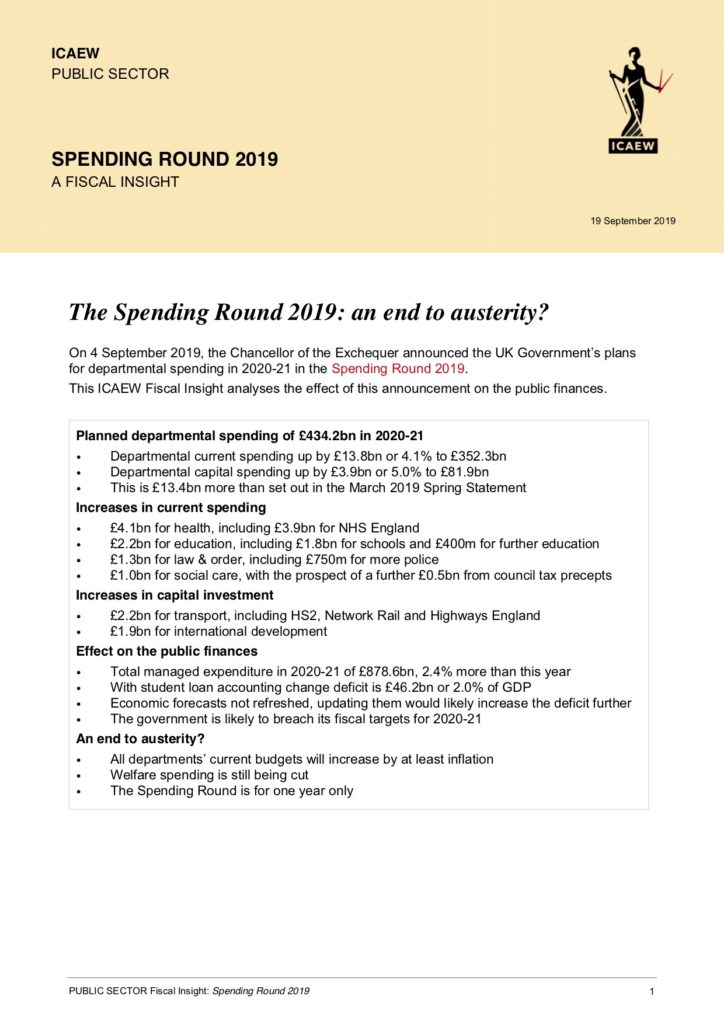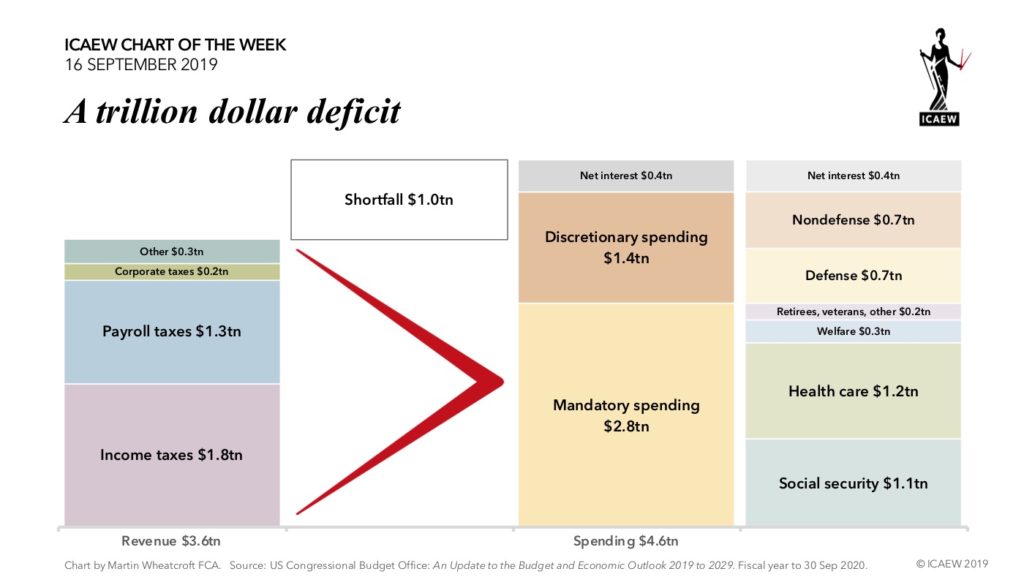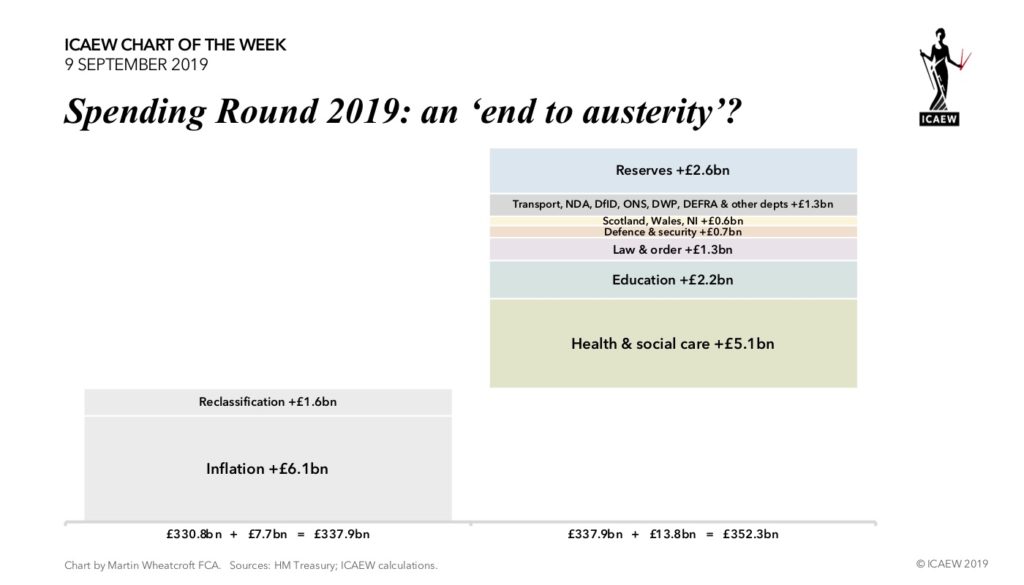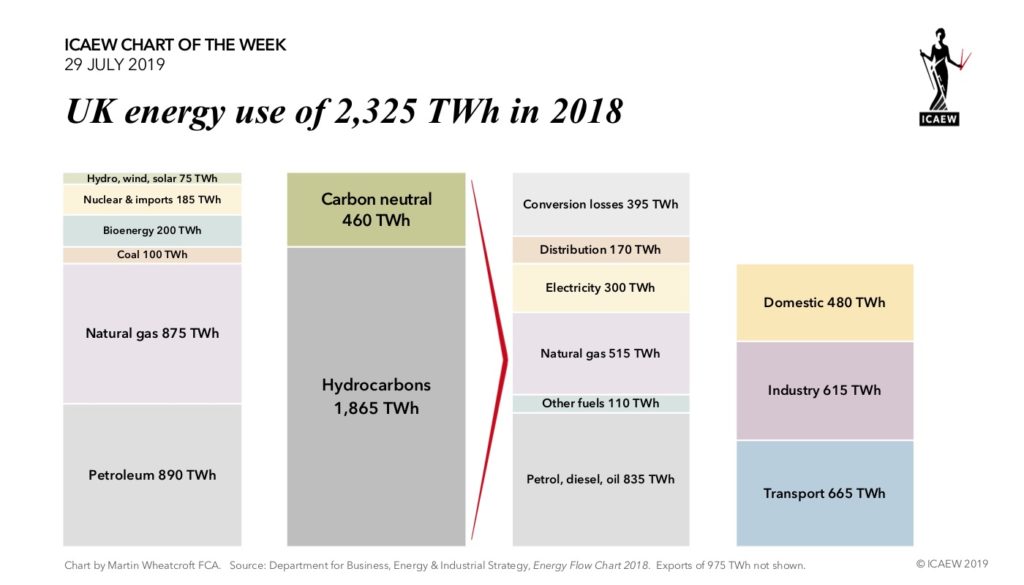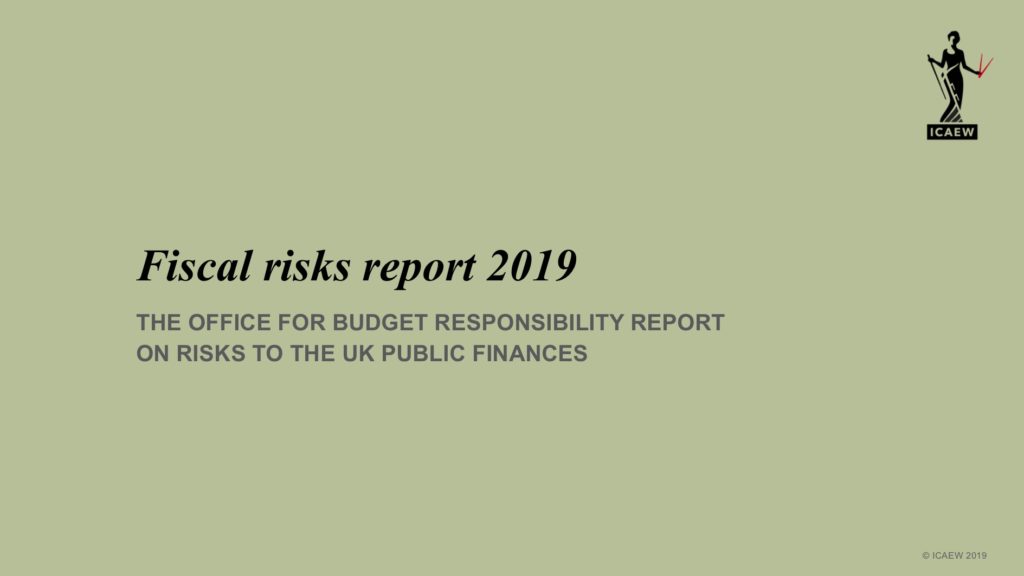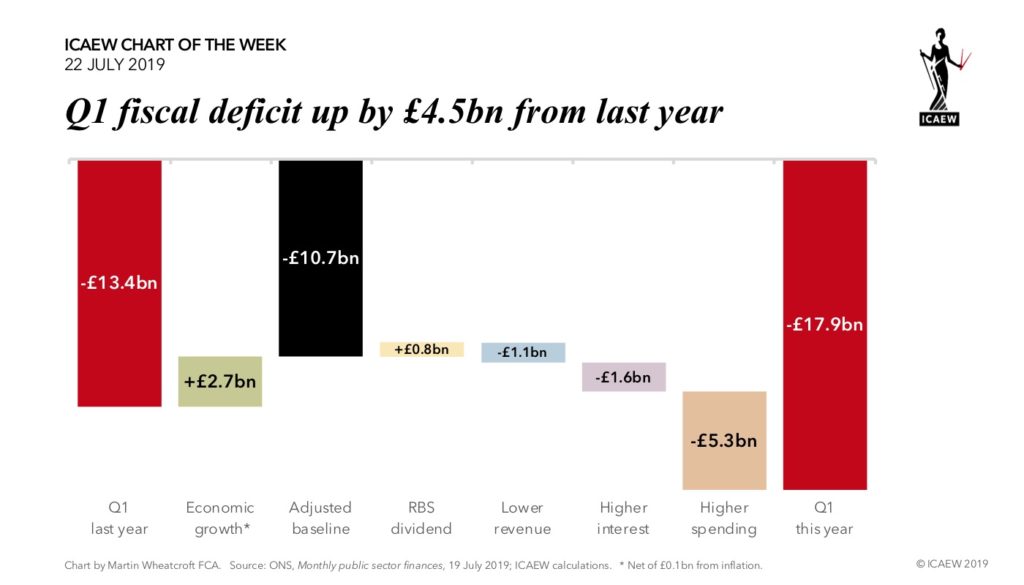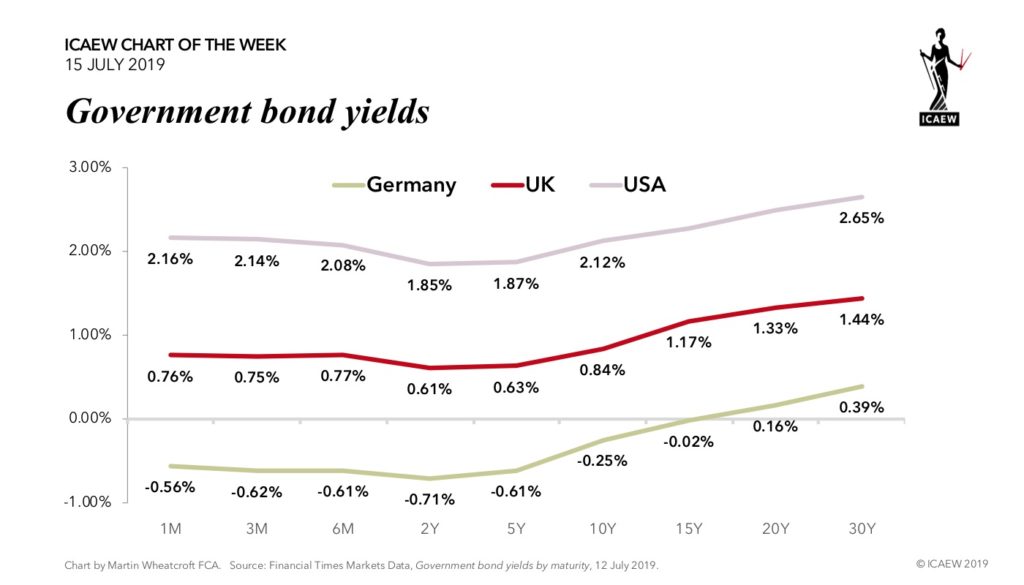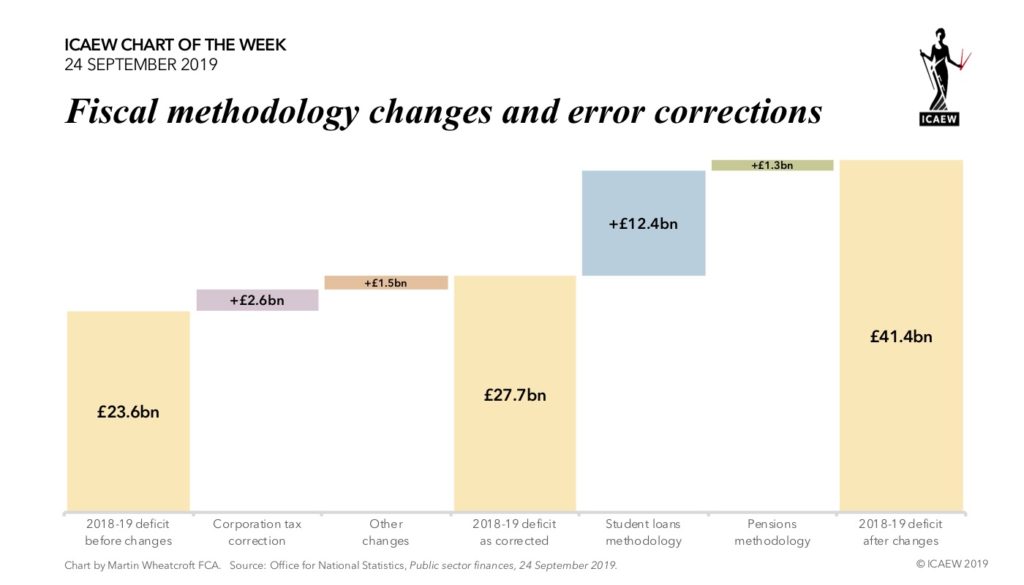
The public sector finances were subjected this week to some big methodology changes by the Office for National Statistics (ONS), as illustrated by the #icaewchartoftheweek.
At the same time, the ONS took the opportunity to fix some errors in the reported fiscal numbers, including a correction of £2.6bn in 2018-19 relating to double counting by HMRC within corporation tax revenues. This is an error that turns out to have been occurring for the last 7 years, raising questions over the quality of controls over fiscal reporting within government.
There were also a number of other revisions to the numbers amounting to £1.5bn, increasing the reported deficit for 2018-19 from £23.6bn to £27.7bn before methodology changes.
The treatment of student loans in the fiscal measures has been misleading for many years, and the ONS have finally dealt with the ‘fiscal illusion’ this created (as the OBR describes such flaws in the National Accounts).
The new treatment increases the deficit in 2018-19 by £12.4bn, with a charge of £8.6bn for loans that are never expected to be recovered (just under half of the total loans extended in the year), the removal of £2.3bn in interest on student loans also not expected to be collected, and £1.5bn from the loss experienced on the sale of part of the student loan portfolio during last year.
The treatment of pension funds has changed too, with a £1.3bn increase in the deficit relating to how the Pension Protection Fund and local authority and other public sector pension funds are recorded.
Overall, the fiscal deficit for 2018-19 has been increased to £41.4bn, a 75% increase in the headline number from that previously reported.
Not shown in the chart is the effect on public sector net debt. This was not affected by the student loans change, but was reduced at 31 March 2019 from £1,802bn to £1,773bn as a consequence of eliminating £29bn owed to local authority and other pension funds, without reflecting the associated liability to public sector employees. We disagree with this elimination, which we think understates the headline measure for the national debt.
Despite this, the overall effect of these changes is to improve the reporting of the public finances. A positive step forward, even if there remains a long way to go.
Further information:
